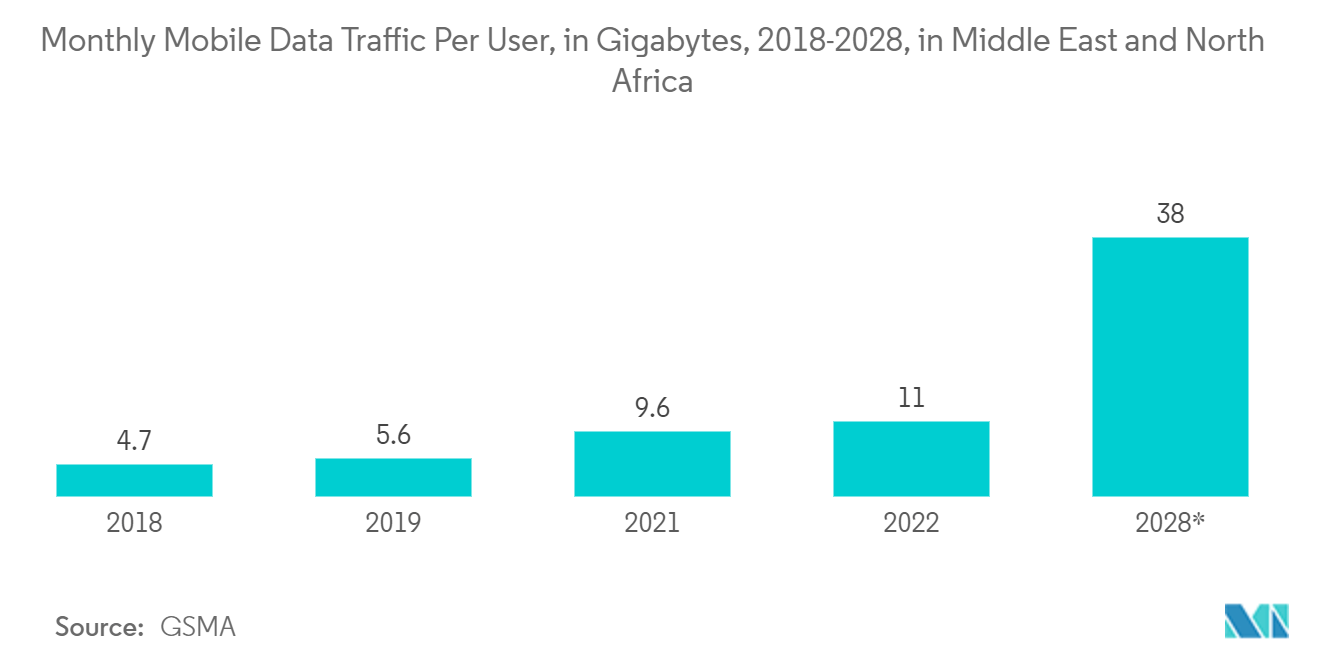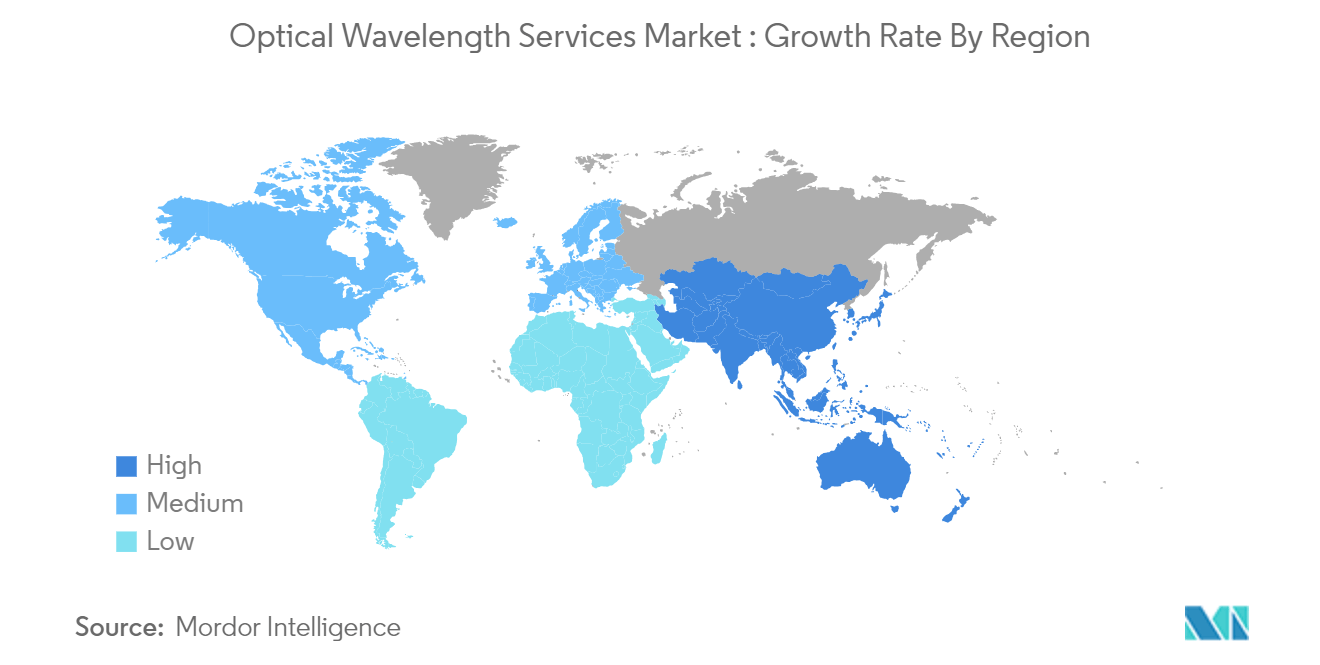Market Trends of Optical Wavelength Services Industry
Less than 10 Gbps Bandwidth Segment is Expected to Hold Significant Market Share
- Bandwidth-intensive applications demand high-performance connectivity. Wavelength services are essential in developing fiber optic transmission technology and can increase a single fiber's capacity to a throughput of 100 Gbps and beyond. The technology combines network management systems to enable carriers to adopt optically-based network infrastructures to meet future bandwidth demands.
- In currently deployed optical networks based on single-core fibers, the data transmission rate can be increased by using either a larger per-channel bit rate or increasing the number of available channels within a particular transmission spectrum.
- Coherent WDM technology is a highly advanced optical transmission technology that offers numerous benefits, including higher bit rates, greater flexibility, simpler DWDM line systems, and better optical performance. This technology has enabled the development of cost-effective and highly reliable optical transport in DWDM networks, with wavelength speeds increasing from 10 Gb/s in the pre-coherent era to 100 Gb/s, 200 Gb/s, and now even 400 or 800 Gb/s with the latest coherent optical equipment.
- CWDM and DWDM are two different methods for addressing the increasing bandwidth requirements for information transmission. DWDM employs a larger number of narrower wavelength bands or channels, while CWDM uses broader wavelength bands per channel.
- According to the of Communications (Ofcom), the government-approved regulatory and competition authority for the broadcasting, telecommunications, and postal industries of the United Kingdom. The average person uses around 2.9GB of data per month, and this demand is continuously increasing with the evolution of digitalization. However, this confirms that 10Gb/s is more than enough for the average phone user.
- In February 2023, StarHub, the Singaporean telco, introduced ultra-speed broadband with up to 10 times the speed and bandwidth of standard broadband services in Singapore. This high-speed broadband service will significantly enhance household connectivity, providing optimal responsiveness for online gaming and lightning-fast content streaming.

Asia Pacific is Expected to Hold Significant Market Share
- India and China are the two countries that account for nearly half of the world's mobile traffic, while North America and Europe together only account for a quarter of the global mobile data services. India, in particular, has emerged as a major player in the mobile data services market, with the highest mobile data consumption rate of 12 GB/user a month globally.
- Moreover, India witnesses a remarkable increase of 25 million new smartphone users every quarter, making it a crucial market for mobile data services. This surge in smartphone usage has led to an average data consumption rate of 19.5 GB per user per month in 2022, indicating a growing demand for data-driven applications and services. This trend highlights India's position as a key player in the global mobile data market, with enormous potential for further growth and innovation in the future.
- The strong growth of mobile data services has also fueled demand for 5G devices, with private enterprise spending on 5G networks leading to robust shipments of these devices in India. It is estimated that over 70 million 5G devices have been shipped to India, and the country's investment in private wireless networks is expected to reach approximately USD 250 million by 2027. This will encourage telecom providers to offer more powerful network connection speeds, which, in turn, will promote the growth of Optical Wavelength Services.
- Governments in developing nations are taking initiatives to encourage the development of communication infrastructure in their countries. The Asia-Pacific region, in particular, is becoming increasingly popular as a hub for manufacturing due to its cheap labor and high adoption rate of the Industry 4.0 movement. Governments in Asian countries are aggressively promoting the growth of new firms, with programs like "Made in China 2025" designed to broadly support Chinese manufacturing and the implementation of Industry 4.0.

